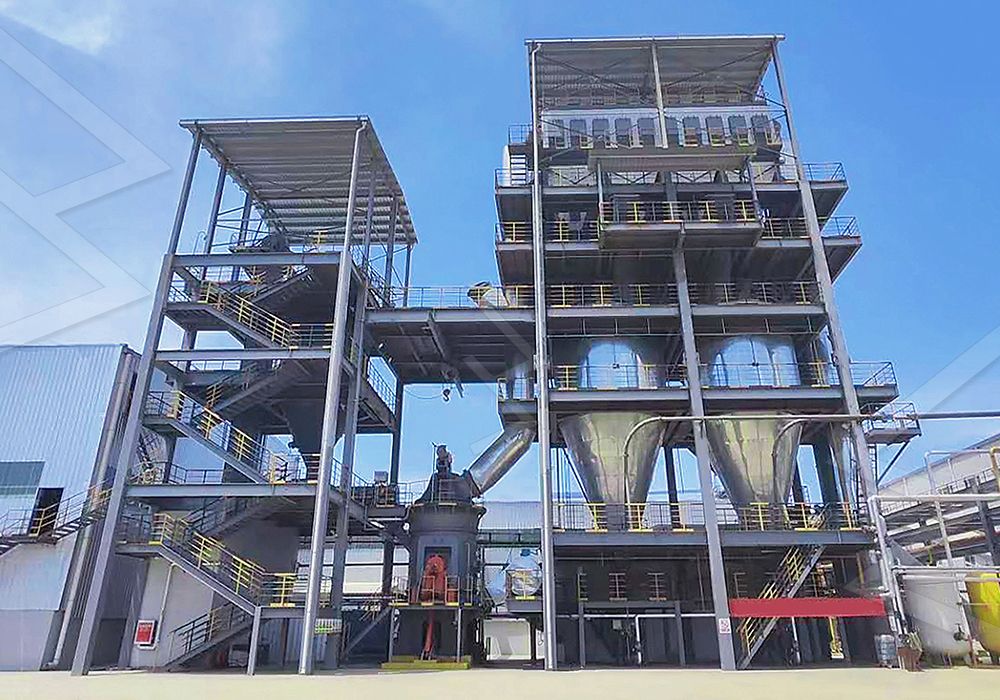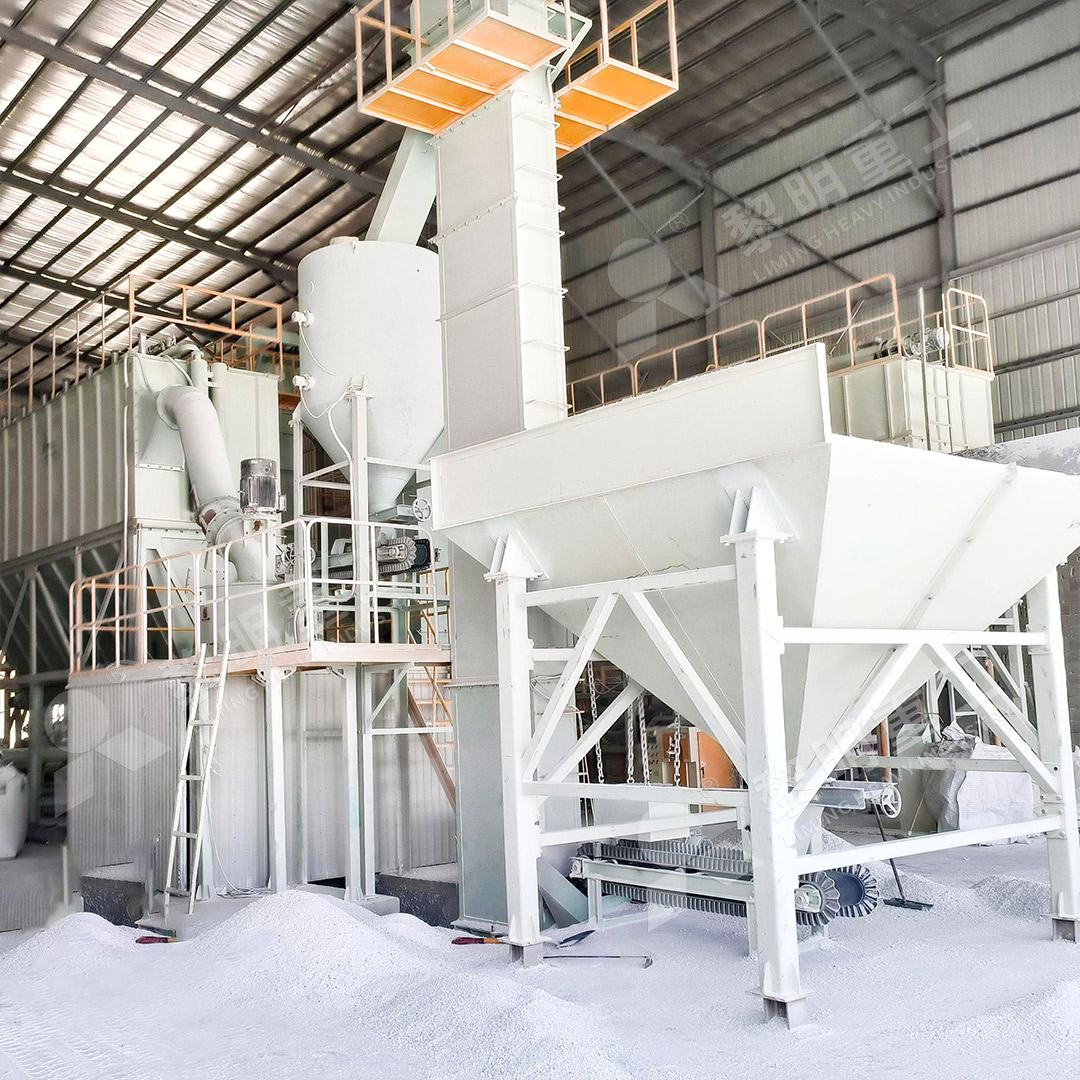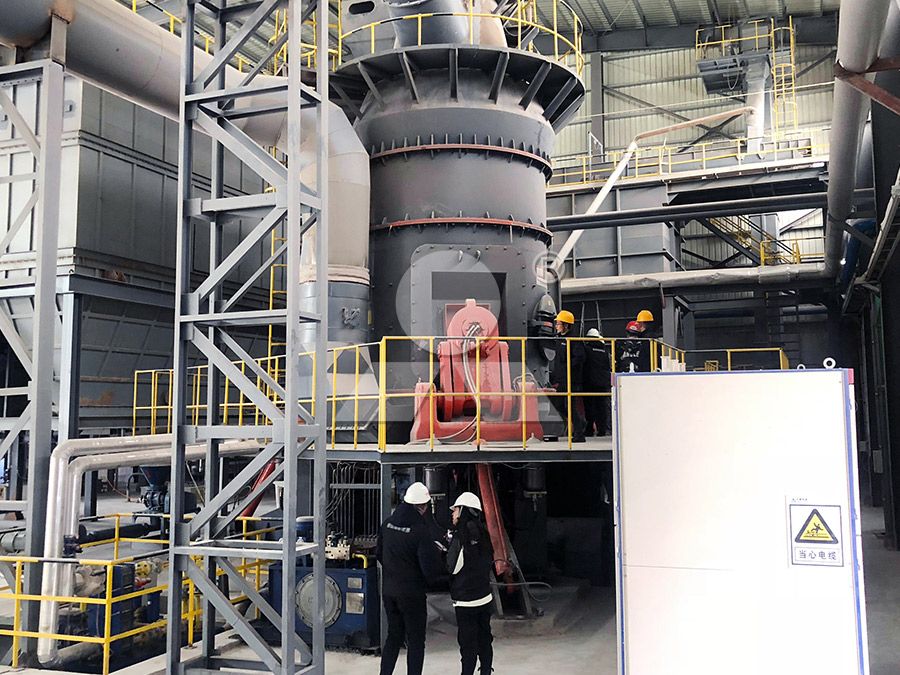Coal Coke Suspension Roller Grinding Mill: Efficient Pulverizing for Industrial Applications
Coal Coke Suspension Roller Grinding Mill: Efficient Pulverizing for Industrial Applications
In the demanding world of industrial mineral processing, the efficient pulverization of materials like coal and petroleum coke is paramount. These carbonaceous materials are vital energy sources and raw materials in numerous sectors, including power generation, steel production, and the manufacturing of electrodes and anodes. The choice of grinding equipment directly impacts operational efficiency, product quality, and environmental compliance. This article delves into the technology behind suspension roller grinding mills, a superior solution for fine and ultra-fine grinding tasks.

Traditional grinding methods, such as ball mills, often fall short in terms of energy efficiency and fineness control. Modern suspension roller mills, however, utilize a centrifugal grinding principle where rollers suspended from a rotating assembly exert pressure on a stationary ring. The material is fed into the grinding zone, crushed, and then carried by an air stream to a high-efficiency classifier. This system ensures that only particles meeting the desired fineness proceed to the collection cyclone, while coarse particles are returned for further grinding. This closed-circuit operation is key to achieving consistent product quality with a narrow particle size distribution.
For operations requiring ultra-fine powders, the MW Ultrafine Grinding Mill stands out. Engineered for customers who need to make ultra-fine powder, this machine is a testament to advanced engineering. With an input size of 0-20 mm and a capacity range of 0.5-25 tph, it is remarkably versatile. Its cage-type powder selector, incorporating German technology, allows for precise fineness adjustment between 325 and 2500 meshes, achieving a screening rate of d97≤5μm in a single pass. A significant design advantage is the absence of rolling bearings and screws in the grinding chamber, eliminating concerns about bearing damage or loose screws causing machine failure. Furthermore, its efficient pulse dust collector and muffler ensure the production process is both dust-free and quiet, aligning with stringent environmental standards.

Another exemplary solution for high-capacity needs is the LUM Ultrafine Vertical Grinding Mill. This mill integrates grinding, grading, and transporting into a single, compact unit. With an input size of 0-10 mm and a capacity of 5-18 tph, it excels in producing superfine dry powders. Its design features a unique roller shell and lining plate grinding curve that facilitates material layer formation, enabling a high rate of finished product in a single pass. The mill also incorporates a PLC-controlled, multi-head powder separating technology, which reduces energy consumption by 30%-50% compared to conventional mills. For maintenance, its reversible structure allows the grinding roller to be easily moved out of the body, minimizing downtime and operational losses.
The industrial benefits of adopting such advanced milling technology are substantial. Operators experience significantly higher yields with lower energy consumption. The precise control over fineness ensures the final product perfectly meets specific application requirements, whether for combustion efficiency, chemical reactivity, or material density. The robust construction and thoughtful design of these mills also translate to reduced maintenance costs and enhanced operational reliability, providing a strong return on investment.

Frequently Asked Questions (FAQ)
What is the primary advantage of a suspension roller mill over a ball mill for coal coke grinding?
Suspension roller mills offer significantly higher grinding efficiency and lower energy consumption. They can achieve much finer particle sizes and provide better control over the product’s fineness distribution compared to traditional ball mills.
How does the MW Ultrafine Grinding Mill handle dust and noise?
The MW Mill is equipped with an integrated efficient pulse dust collector that captures particulates, ensuring no dust pollution. It also features a muffler and noise elimination room to drastically reduce operational noise, making it an environmentally friendly solution.
Can the fineness of the final product be adjusted during operation?
Yes, mills like the MW and LUM series feature advanced, externally adjustable powder classifiers. This allows operators to precisely control the product fineness without needing to stop the mill, ensuring flexibility to meet different production demands.
What materials besides coal and coke can these mills process?
These versatile mills are suitable for a wide range of non-metallic minerals, including limestone, calcite, gypsum, barite, marble, and talc, making them ideal for various industries from construction to chemicals.
